Conductivity is a measure of the ability of water to allow electricity to flow. This ability is directly related to the concentration of ions in the water. These conductive ions are derived from dissolved salts and minerals such as alkalis, chlorides, sulfides and carbonates.
The more ions there are, the higher the conductivity of the water. Distilled or deionized water can act as an insulator due to its very low (if not negligible) conductivity value. Seawater, on the other hand, has a very high conductivity.
Ions produce electricity due to their positive and negative charges. When electrolytes dissolve in water, they are divided into positively charged (cations) and negatively charged (anion) particles. As the solutes are separated in water, the concentrations of each positive and negative charge remain equal. This means that although the conductivity of water increases with the addition of ions, it remains electrically neutral.
Conductivity units
Conductivity is usually measured in micro- or millimeters per centimeter (uS / cm or mS / cm).









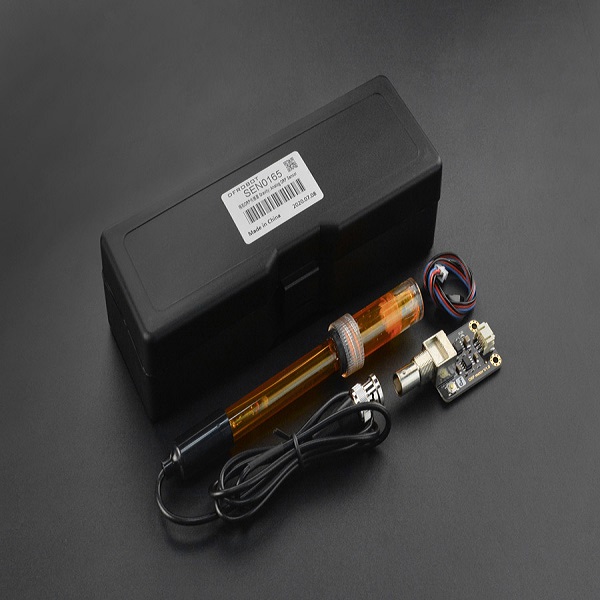


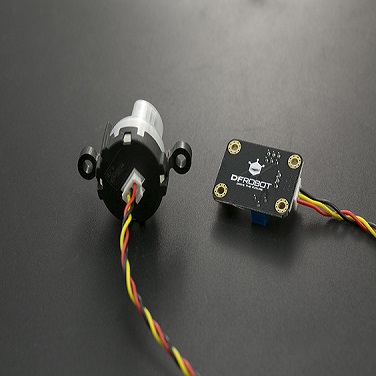

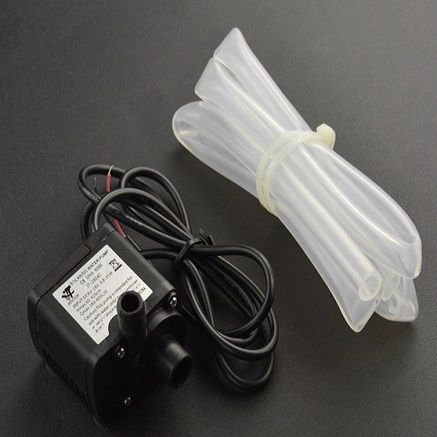

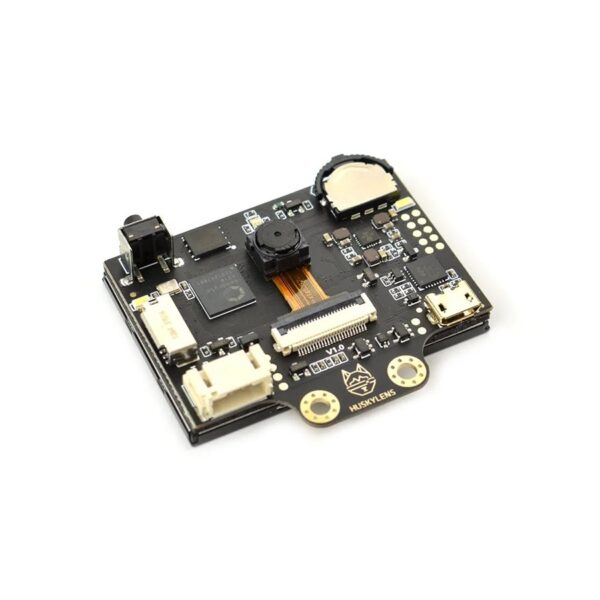




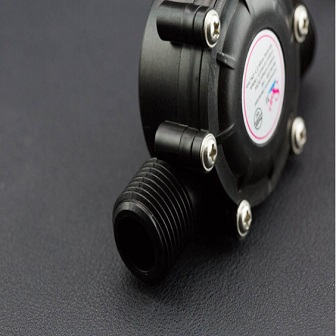
 Labdisc
Labdisc Botzees
Botzees Edison
Edison Telepresence Robot
Telepresence Robot DOBOT
DOBOT Keyestudio
Keyestudio Fischertechnik
Fischertechnik